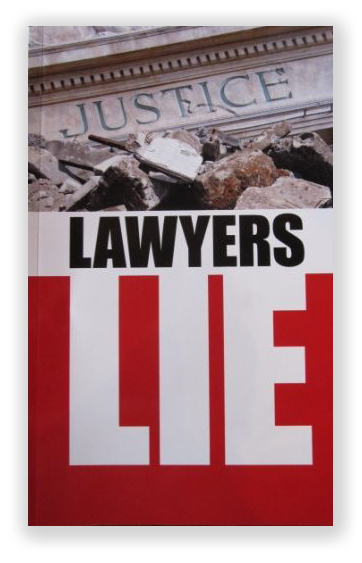We’re still doing a weekly newsletter … we’re just starting to post pieces of it every day. The news is fresher this way …
SERENDIPITY FOR JAILHOUSE LAWYERS
 The dictionary defines “serendipity” as the faculty or phenomenon of finding valuable or agreeable things not sought for. When inmate Serendipity Morales set out to help a few fellow prisoners with some legal matters, she never suspected the trek would end in the state Supreme Court, with her carving out an exception to state law.
The dictionary defines “serendipity” as the faculty or phenomenon of finding valuable or agreeable things not sought for. When inmate Serendipity Morales set out to help a few fellow prisoners with some legal matters, she never suspected the trek would end in the state Supreme Court, with her carving out an exception to state law.
However, late last week, the Vermont Supreme Court ruled last Friday that state inmate Serendipity Morales, a “jailhouse lawyer” who had been brought up on charges that she was engaged in the unauthorized practice of law, had committed no crime in helping her fellow prisoners with legal matters.
The Court concluded that there was no probable cause to prosecute her on the six counts (and yes, it is a crime in Vermont). The State had alleged that five inmates had heard Morales was familiar with the legal process, and so they obtained her help in preparing legal filings on their behalf. She did not sign the pleadings herself, and she neither or accepted any payment for her help. (We have a little trouble believing this last one, and we figure her locker had all the commissary items she could ever want, but because paying anything to or receiving anything from another inmate is forbidden, we doubt anyone admitted to it). The State admitted Morales never signed pleadings on behalf of the other inmates or told anyone she was a lawyer herself.
 The Court cited some Vermont precedent for nonlawyers providing legal advice to companies they worked for and nonlawyer child support workers appearing in court. But central to its creation of a “Morales exception” was that “’jailhouse lawyers’ who give legal assistance to fellow inmates but are not themselves licensed or formally law trained, are a well-established fixture in the justice system,” and that “incarcerated inmates face particular challenges in accessing legal advice, and those challenges raise serious public policy, and in some circumstances, constitutional concerns.”
The Court cited some Vermont precedent for nonlawyers providing legal advice to companies they worked for and nonlawyer child support workers appearing in court. But central to its creation of a “Morales exception” was that “’jailhouse lawyers’ who give legal assistance to fellow inmates but are not themselves licensed or formally law trained, are a well-established fixture in the justice system,” and that “incarcerated inmates face particular challenges in accessing legal advice, and those challenges raise serious public policy, and in some circumstances, constitutional concerns.”
The Court said that “although there may be some limits on the ways in which an inmate can give legal help to another, we are wary of adopting a definition of unauthorized practice of law that would subject individuals to a finding of criminal contempt for engaging in conduct that has been tolerated and arguably even supported by the State.”
In re Serendipity Morales, Case No. 2016-043 (Supreme Court of Vermont, August 4, 2016)
















